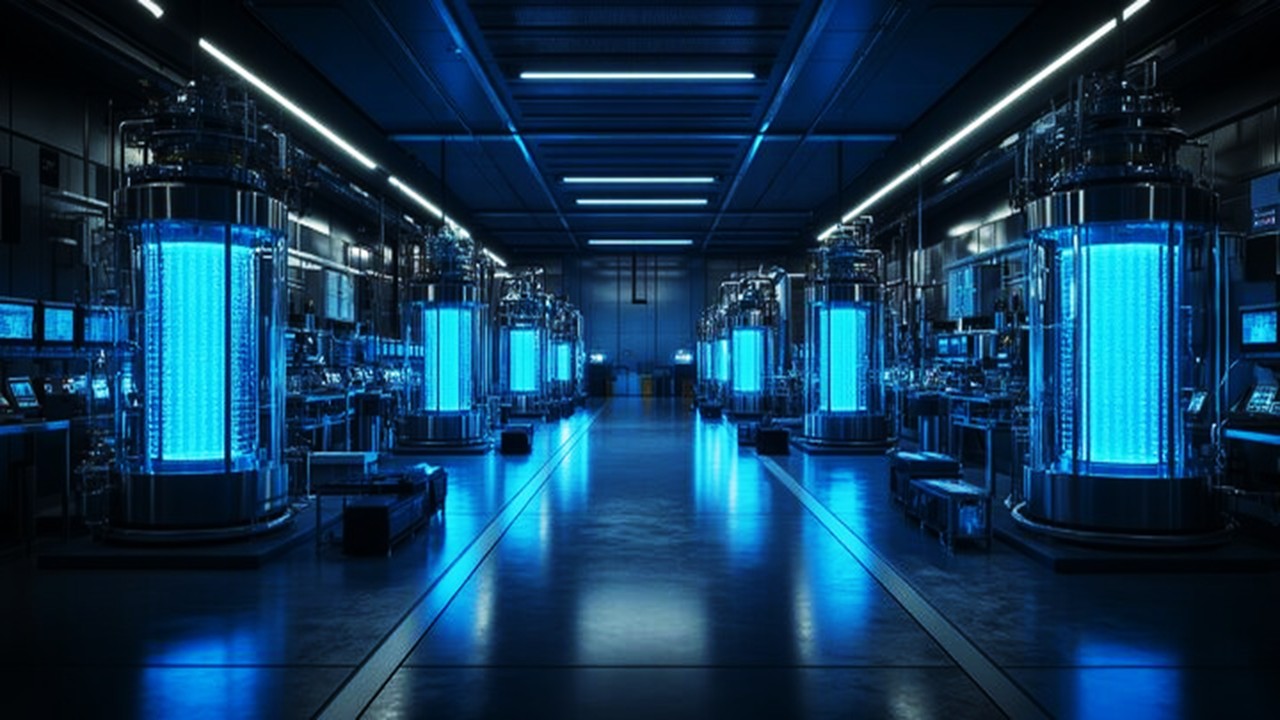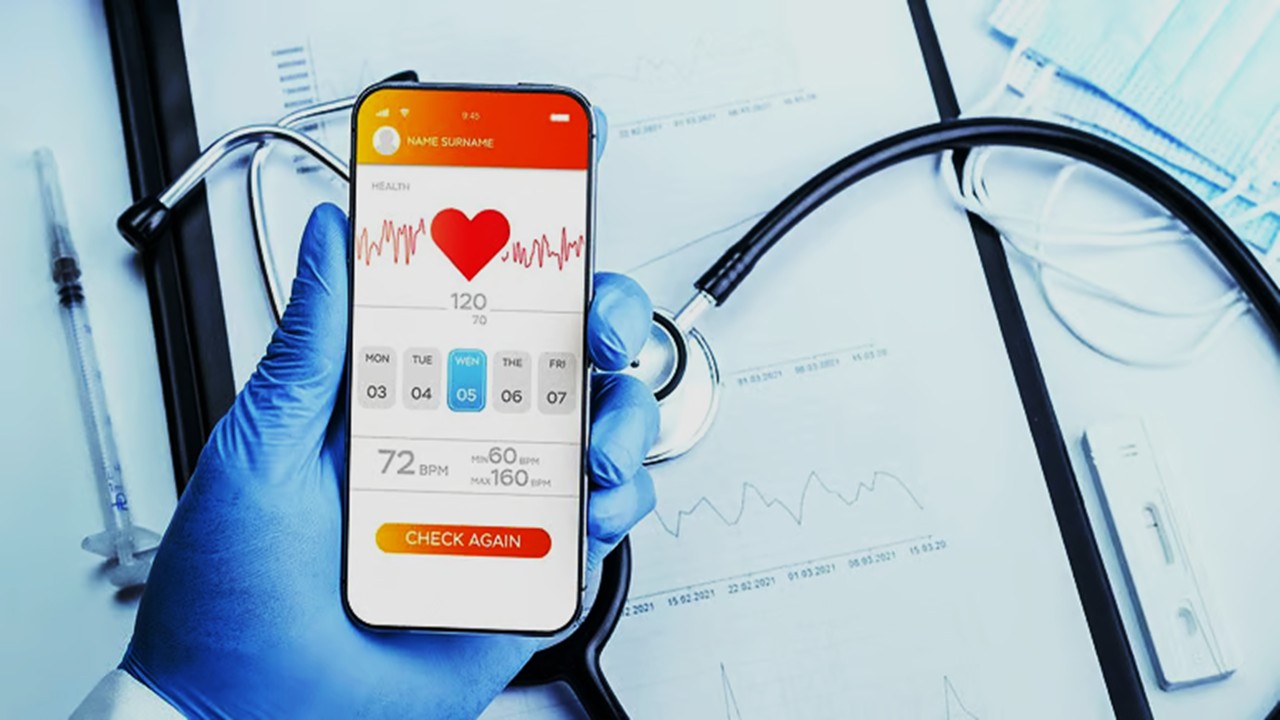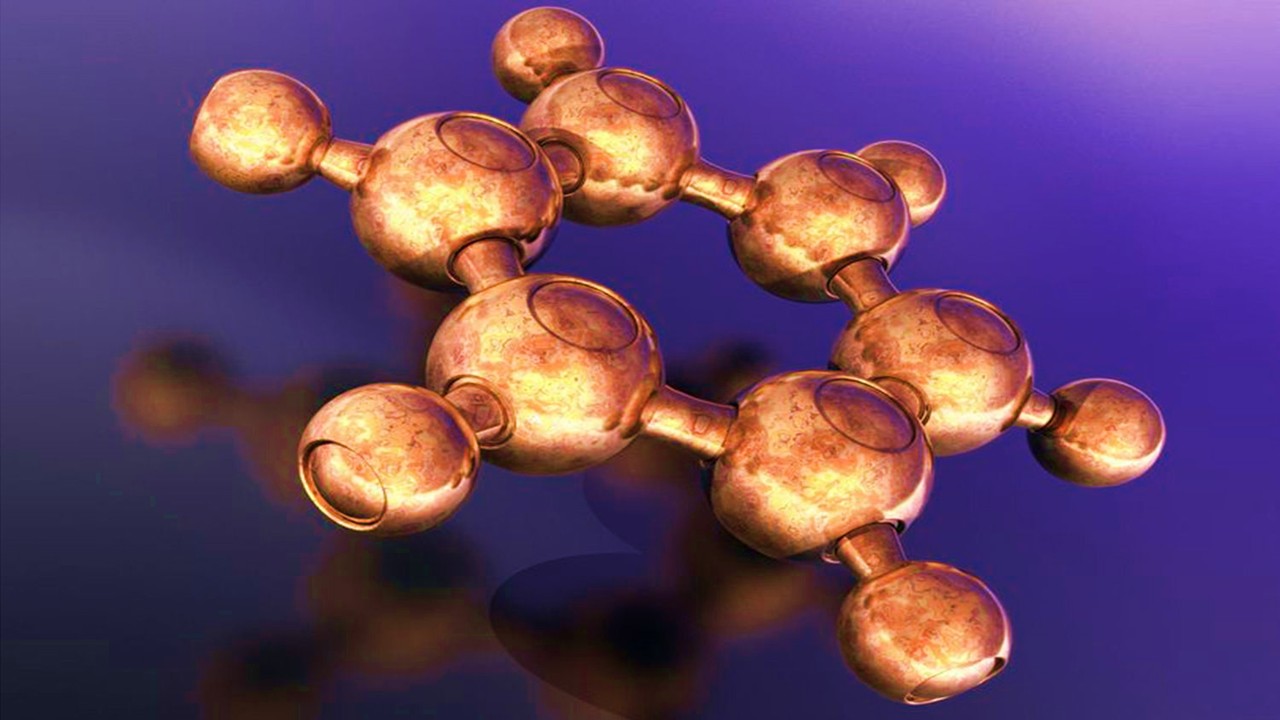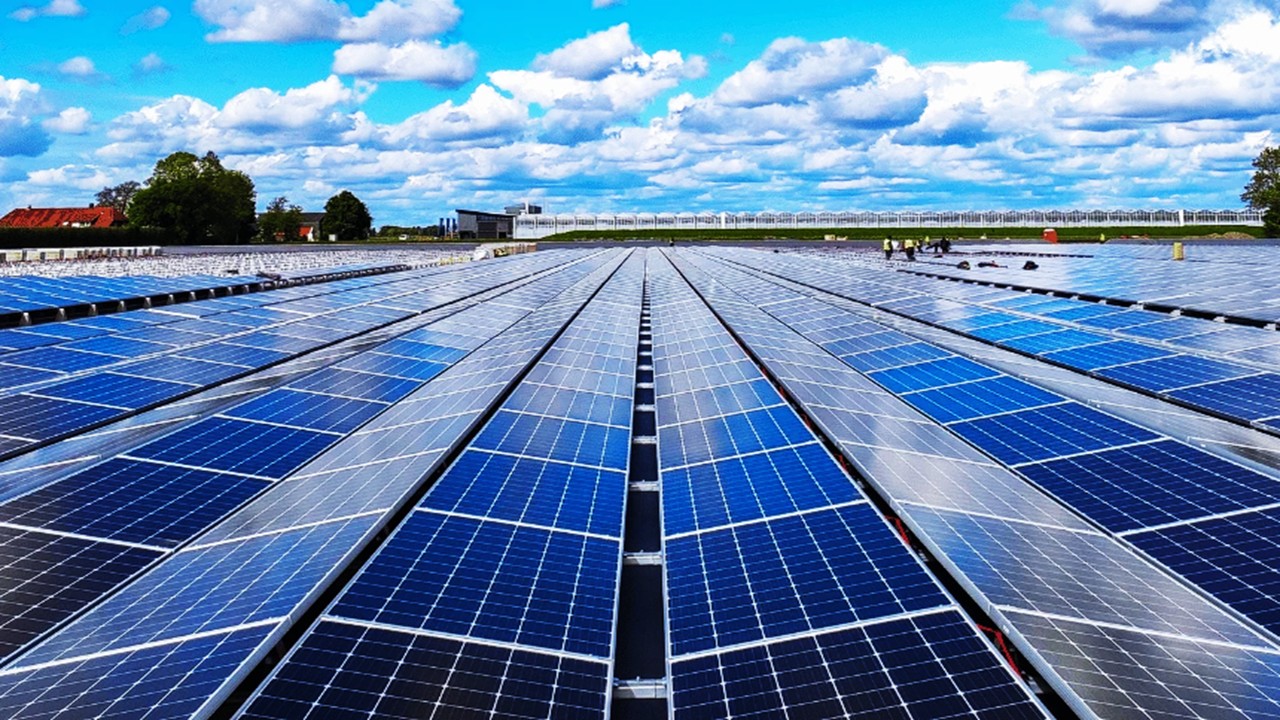The biologics revolution has placed unprecedented demands on the humble cell line—once merely a research tool, now a precision manufacturing platform responsible for producing therapies with billion-dollar market potentials. Modern cell line development has evolved into a high-stakes engineering discipline where single nucleotide edits can determine whether a monoclonal antibody reaches patients or languishes in development hell. From CRISPR-based gene editing that fine-tunes glycosylation patterns to synthetic biology circuits that dynamically regulate protein folding, today’s cell line engineers wield tools that blur the line between biology and advanced manufacturing. The implications are profound: a well-engineered production cell line doesn’t just express more protein—it shapes the very identity of biologic drugs through post-translational modifications that govern efficacy, stability, and immunogenicity.
The CHO Cell Dominance and Its Genetic Underpinnings
Chinese hamster ovary (CHO) cells remain the workhorse of biologics manufacturing not by accident, but through evolutionary adaptations that make them uniquely suited to industrial protein production. Comparative genomic analyses reveal that CHO cells possess an exceptional capacity for translational fidelity—their ribosomes exhibit reduced stalling on complex eukaryotic mRNAs compared to other rodent cells. Protein folding specialists note that CHO endoplasmic reticulum contains chaperone isoforms particularly adept at handling large, multi-domain proteins like antibodies, minimizing aggregation during high-level expression.
The cells’ glycosylation machinery has undergone particularly intense scrutiny. Unlike simpler systems like E. coli, CHO cells harbor the complete mammalian glycosylation pathway, yet their sialyltransferase and fucosyltransferase activities exist in Goldilocks zones—sufficient for proper protein folding but not so active as to create hyper-sialylated products that evade immune detection. This balance emerged from CHO cells’ original adaptations as ovarian cells needing to produce zona pellucida glycoproteins with precise post-translational modifications.
Metabolically, CHO cells exhibit a Crabtree-like effect where they favor lactate production even under aerobic conditions—a quirk that bioreactor engineers now exploit by designing fed-batch strategies that maintain lactate at levels promoting maximum productivity. The cells’ unusual capacity to utilize glutamine as both carbon and nitrogen source provides metabolic flexibility during nutrient transitions, preventing the sudden starvation responses that plague other expression systems.
Recent work has uncovered even more subtle advantages. CHO splice variants tend to exclude cryptic exons that might create immunogenic neoepitopes in recombinant products. Their epigenetic silencing mechanisms are less prone to shutting down exogenous gene expression over prolonged culture compared to human cell lines. These traits weren’t designed for bioproduction—they were discovered through painstaking reverse-engineering of what makes CHO cells so predictably excellent.
The frontier now involves enhancing these native advantages through targeted engineering. Some teams are introducing human glycosyltransferase genes to humanize glycan profiles further, while others knock out CHO-specific microRNAs that subtly regulate recombinant protein folding. The goal is no longer just finding a cell that produces—but building the ideal production organism from the ground up.
CRISPR-Cas9 and the Precision Editing Revolution
The advent of CRISPR-Cas9 genome editing has transformed cell line development from a stochastic screening process to a precision engineering discipline. Where traditional methods relied on random integration and hope, modern approaches target therapeutic genes to genomic safe harbors—loci known to support stable, high-level expression without silencing. Geneticists emphasize that this shift has reduced development timelines from months to weeks while dramatically improving clone stability.
The ROSA26 locus exemplifies this precision. Originally identified in mice as a permissive integration site, its CHO homolog has been engineered to serve as a landing pad for recombinant constructs. Flanking the site with matrix attachment regions (MARs) prevents chromatin condensation, while embedding ubiquitous chromatin opening elements (UCOEs) maintains accessibility across generations. The result is consistent expression that withstands the epigenetic drift plaguing random integrations.
CRISPR has also enabled multiplexed editing previously unimaginable in CHO cells. Simultaneous knockouts of apoptosis genes (BCL2L1), protease genes (CPP), and glycosylation genes (FUT8) create cleaner production backgrounds where proteins are more stable and more uniformly modified. Base editing takes this further—converting single nucleotides in glycosylation enzymes to fine-tune glycan profiles without complete gene disruption.
The technology’s most transformative application may be in controlling transgene copy number. By targeting recombinase recognition sites flanking integrated constructs, developers can precisely amplify or reduce gene copies post-integration—dialing in optimal expression levels that balance productivity with cellular health. This replaces the old approach of screening hundreds of clones for rare Goldilocks variants.
Off-target effects remain a consideration, but computational tools now predict CHO-specific CRISPR cutting patterns with high accuracy. Combined with single-cell sequencing validation, this allows engineering of production lines with perfectly clean genetic backgrounds—essential for regulators demanding full characterization of manufacturing organisms.
Synthetic Biology Circuits for Dynamic Control
The latest generation of production cell lines treats protein expression not as a static process, but as a dynamic system responding to bioreactor conditions in real-time. Synthetic biologists have constructed genetic circuits where therapeutic gene expression activates only when key nutrients are abundant, or when waste products fall below threshold levels—preventing metabolic overload during sensitive culture phases.
Hypoxia-responsive systems illustrate this beautifully. By placing transgenes under control of HIF-1α responsive elements, production ramps up automatically when dissolved oxygen drops—a self-regulating system that matches protein synthesis to the cells’ respiratory capacity. Similarly, lactate-sensitive promoters can pause expression during periods of glycolytic stress, resuming when cells return to metabolic homeostasis.
More sophisticated circuits incorporate feedback loops. A construct might co-express the therapeutic protein alongside a fluorescent reporter and a microRNA that degrades both mRNAs when folding stress sensors are activated. This creates autonomous quality control—if the endoplasmic reticulum becomes overloaded, production temporarily scales back until chaperone capacity recovers.
Quorum-sensing circuits from bacteria have been adapted for coordinated behavior in CHO cultures. Cells engineered to produce and respond to acyl-homoserine lactones can synchronize protein expression across populations, preventing subpopulations from becoming metabolically overburdened. Some implementations even program cell density-dependent suicide genes that maintain optimal culture densities without manual intervention.
The most advanced systems are fully closed-loop. Genetically encoded metabolite sensors coupled to CRISPRa/i systems allow real-time tuning of metabolic pathway fluxes in response to extracellular conditions. A cell might upregulate PPP enzymes when glucose runs high, then switch to TCA cycle activation as nutrients deplete—maintaining optimal redox states for disulfide bond formation throughout the culture.
Omics-Driven Cell Line Optimization
The systems biology revolution has brought omics technologies to bear on cell line development, transforming what was once a black-box screening process into a rational design endeavor. Transcriptomic analyses now identify CHO subclones with native upregulation of protein secretion machinery before recombinant engineering even begins—a predictive approach that shaves months off development timelines.
Proteomics reveals more subtle advantages. Mass spectrometry has identified CHO-specific isoforms of protein disulfide isomerase (PDI) that are particularly resistant to ER stress-induced inactivation—knowledge engineers now exploit by overexpressing these variants in production lines. Similarly, glycomics profiling has shown that high-producing clones naturally enrich for certain Golgi transporter variants that accelerate glycan processing.
Metabolomics provides perhaps the most actionable insights. Tracing isotope-labeled nutrients through high- versus low-producing clones has uncovered unexpected metabolic bottlenecks—like insufficient serine biosynthesis to support antibody light chain production. Engineers now routinely supplement feeds with identified limiting metabolites or knock in biosynthetic pathways to overcome these constraints.
Multi-omics integration is the new frontier. Machine learning models trained on paired transcriptomic, proteomic, and metabolomic datasets can now predict optimal engineering targets for specific biologic classes. A model might recommend upregulating certain tRNA isoforms for a bispecific antibody with unusual codon usage, or suggest knocking down a specific ERAD component for a particularly aggregation-prone enzyme.
The ultimate goal is digital twins—virtual CHO cells that simulate how genetic modifications will ripple through the entire cellular network before any lab work begins. Early versions already guide metabolic engineering strategies, predicting which pathway tweaks will boost productivity without compromising product quality.
The Rise of Alternative Host Systems
While CHO cells dominate bioproduction, innovative biologics with nonstandard requirements are driving adoption of alternative platforms—each with unique advantages honed through cutting-edge engineering.
HEK293 cells have gained traction for viral vector production, where their human glycosylation patterns improve vector tropism. New variants with knockout of alpha-gal and Neu5Gc epitopes reduce immunogenicity risks, while engineered repressor proteins silence endogenous virus genes that could recombine with vector genomes.
Glycoengineered yeast strains now produce humanized proteins at titers rivaling mammalian systems. By knocking out yeast-specific glycosylation enzymes and introducing the entire human glycosylation pathway, these strains achieve near-native post-translational modifications with far simpler media requirements. Some versions even perform site-specific glycosylation—adding sialic acid only to predetermined asparagine residues.
Baculovirus-insect cell systems have evolved beyond simple protein factories. New “BacMam” variants transduce mammalian cells, enabling ex vivo gene therapy vector production with human-like glycosylation. Engineered insect cells with humanized chaperone networks now properly fold even the most complex multi-domain proteins.
The most radical alternatives come from synthetic biology. Fully artificial cells built from minimal genomes offer blank-slate production environments without native proteases or glycosylation idiosyncrasies. Early versions focused on simple proteins, but recent advances allow production of full-length antibodies through carefully orchestrated compartmentalization of folding and modification machinery.
Each platform fills specific niches—HEK293 for vaccines needing authentic human glycans, yeast for high-volume enzymes, insect cells for massive viral vector batches. The future likely holds a diversified ecosystem where biologics are matched to optimal hosts based on their structural needs.
Stable Pool Selection Over Single-Cell Cloning
The traditional paradigm of single-cell cloning is giving way to stable pool approaches that leverage population dynamics for more robust production. Where clonal lines risk instability and productivity loss, heterogeneous pools exhibit resilience through distributed metabolic loads and epigenetic variability. Cell engineers observe that this shift mirrors natural systems—no tissue relies on identical cells, yet functions flawlessly through population-level coordination.
The key innovation involves controlling integration site distributions. Transposon-based systems like piggyBac now target integrations to transcriptionally active regions across the population, ensuring no single clone bears unsustainable expression burdens. Barcoding technologies track integration site stability over generations, allowing selection of pools where productivity remains evenly distributed.
Epigenetic engineering enhances this further. Embedding synthetic chromatin insulators around transgenes prevents silencing regardless of integration site, while targeted demethylation of endogenous promoters maintains metabolic balance. The result is pools where protein production remains stable not through clonal homogeneity, but through careful heterogeneity management.
The approach particularly benefits complex biologics. Bispecific antibodies requiring multiple chains often suffer from clonal instability as cells silence “unbalanced” expression. Pool approaches naturally maintain ratio stability—some cells may express more heavy chain, others more light chain, but the population averages out to perfect stoichiometry.
Regulatory acceptance has followed the science. Advanced sequencing methods now characterize pool diversity to demonstrate consistency, while improved analytics detect product quality variations that might emerge from population shifts. The future may see intentionally diversified pools—mixing glycoengineered subpopulations to produce optimally heterogeneous glycan profiles mimicking natural human variation.
Cell-Free Systems for On-Demand Biologics
At the bleeding edge of production technology lies an audacious concept: eliminating the cell entirely. Cell-free protein synthesis (CFPS) systems harness translational machinery extracted from cells, offering unprecedented control over biologics production. While not replacing cell lines for large-scale manufacturing, these systems solve unique challenges in rapid-response vaccine production and personalized medicines.
The most advanced CFPS platforms go beyond simple transcription-translation. By supplementing CHO lysates with human glycosylation enzymes and lipid bilayers mimicking the ER membrane, they achieve near-native post-translational modifications. Some systems even incorporate quality control mechanisms—only properly folded proteins are exported from the synthetic ER analogs into collection chambers.
On-demand applications are particularly compelling. During emerging pathogen outbreaks, CFPS systems can switch from producing one vaccine candidate to another within hours—simply by changing the DNA template and adjusting the glycosylation enzyme cocktail. This agility is impossible with living cells requiring adaptation periods.
For personalized cancer vaccines, CFPS enables truly patient-specific production. Tumor neoantigen sequences identified through sequencing can be translated into proteins within days, complete with individualized glycosylation patterns that optimize immune recognition. The systems’ open nature allows incorporation of non-natural amino acids for enhanced stability or immunogenicity.
The frontier involves artificial organelles. Some teams are constructing simplified Golgi analogs that perform defined glycosylation patterns on demand—producing antibodies with Fc glycan structures optimized for specific effector functions. Others engineer minimal chaperone networks that fold only target protein classes with maximum efficiency.
While unlikely to supplant cell lines for blockbuster biologics, CFPS represents a complementary approach for scenarios where speed and flexibility outweigh scale economics—a new tool in the increasingly diversified biologics production toolkit.
The Living Factories of Tomorrow
The cell lines emerging from modern development pipelines bear little resemblance to their ancestors—they are computationally designed, genetically precise, dynamically regulated production organisms fine-tuned for specific therapeutic missions. What began as a search for cells that merely tolerate protein overexpression has become a discipline of holistic cellular engineering where every organelle and pathway is optimized in concert.
This evolution mirrors biologics’ own journey from simple replacement proteins to sophisticated molecular machines. As therapeutics grow more complex—multispecifics, engineered cytokines, gene editing payloads—so too must the cells that produce them. The factory is becoming as engineered as the product it makes.
Looking ahead, we may see cell lines designed in tandem with their biologic products—each shaping the other’s requirements in an iterative design loop. The boundary between drug and producer is blurring, giving rise to a new paradigm where manufacturing isn’t just a step in development, but an integral part of therapeutic design itself. In this future, the perfect biologic will come from the perfect cell—and we’re engineering both.
Engr. Dex Marco Tiu Guibelondo, B.Sc. Pharm, R.Ph., B.Sc. CpE
Editor-in-Chief, PharmaFEATURES

Subscribe
to get our
LATEST NEWS
Related Posts
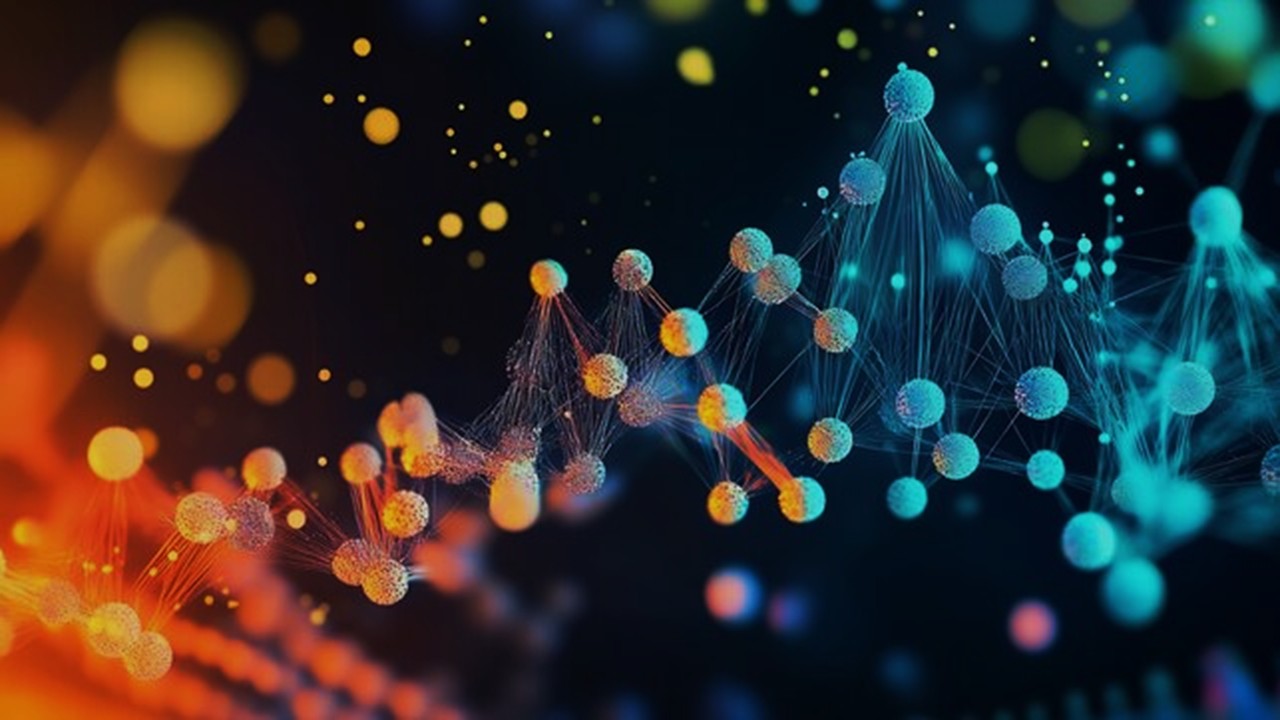
Drug Discovery Biology
Democratizing Mass Spectrometry: The Automation Revolution Unlocking Precision Measurement
Automation simplifies workflows and enables new experiments with mass spec’s unmatched specificity.
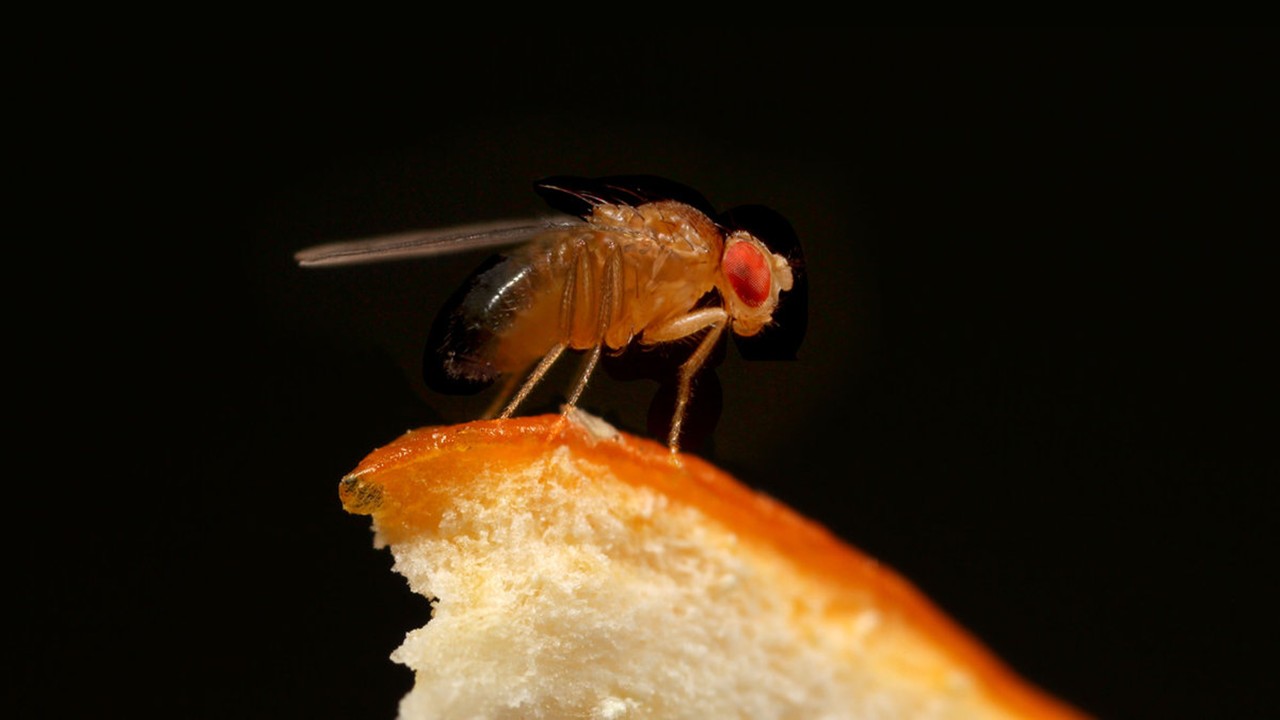
Drug Discovery Biology
Flycode Revolution: How Tiny Tags Are Accelerating Antibody Drug Discovery
What began as a clever repurposing of Drosophila biology has matured into a platform technology transforming how therapeutic proteins are discovered, optimized, and manufactured.
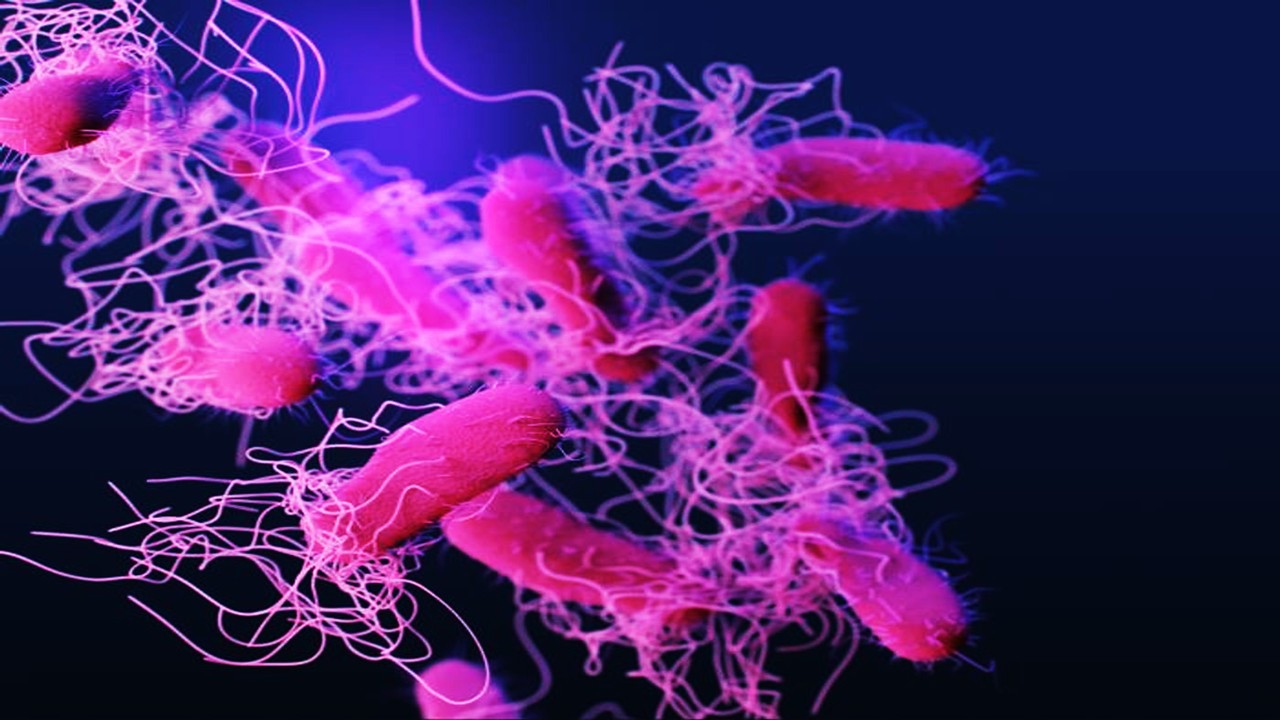
Drug Discovery Biology
Pathoblockers: The Next Frontier in Precision Antimicrobial Intervention
Pathoblockers represent more than just another antimicrobial class—they embody a fundamental rethinking of infection control that prioritizes strategic disarmament over indiscriminate killing.
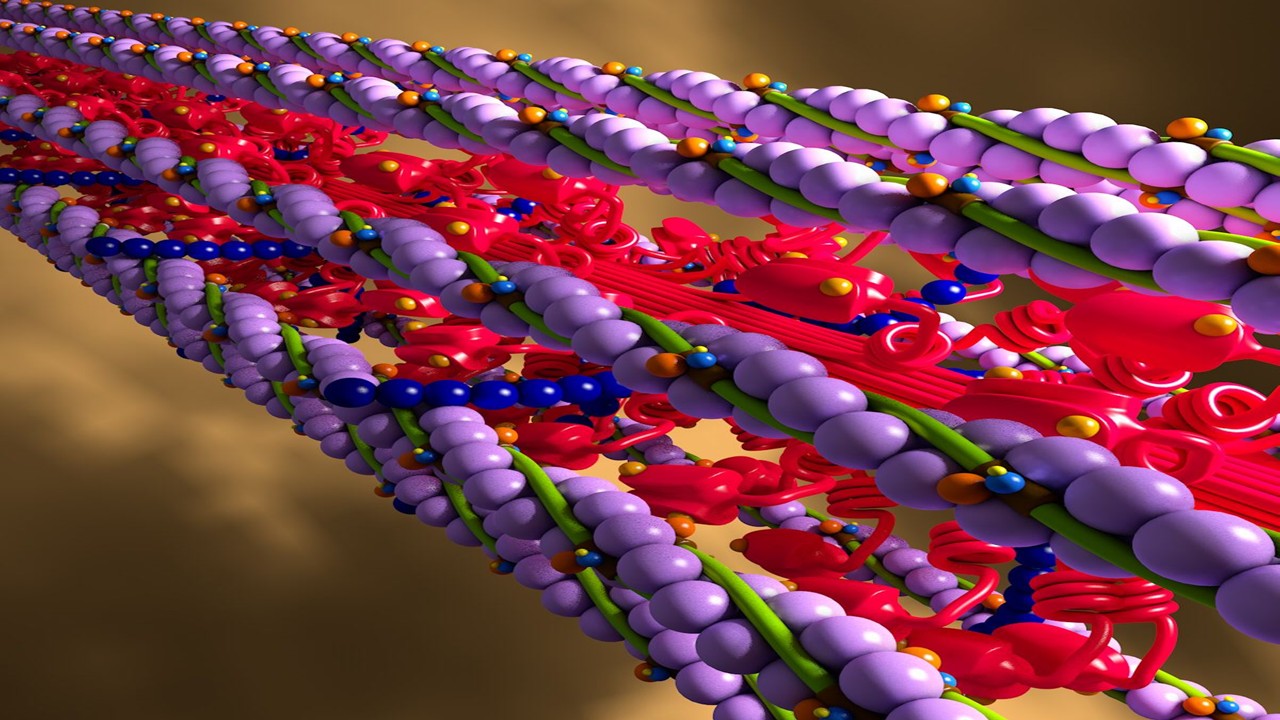
Molecular Biology & Biotechnology
Myosin’s Molecular Toggle: How Dimerization of the Globular Tail Domain Controls the Motor Function of Myo5a
Myo5a exists in either an inhibited, triangulated rest or an extended, motile activation, each conformation dictated by the interplay between the GTD and its surroundings.
Read More Articles
Chemical Gale: How Wind Energy is Reshaping Industrial Manufacturing
The integration of wind energy into chemical manufacturing constitutes a fundamental reimagining of process chemistry.
Algorithmic Trials: How Decision Theory is Reshaping Decentralized Clinical Research
Decision theory offers a robust mathematical framework to design trials that enhance efficiency, uphold ethical standards, and better reflect the complexities of real-world therapeutic contexts.
Polarity Alchemy: Strategic Charge Manipulation in Contemporary Drug Design
The future promises tunable therapies with polarity adjustable by light, magnetic fields, or bioorthogonal triggers.





